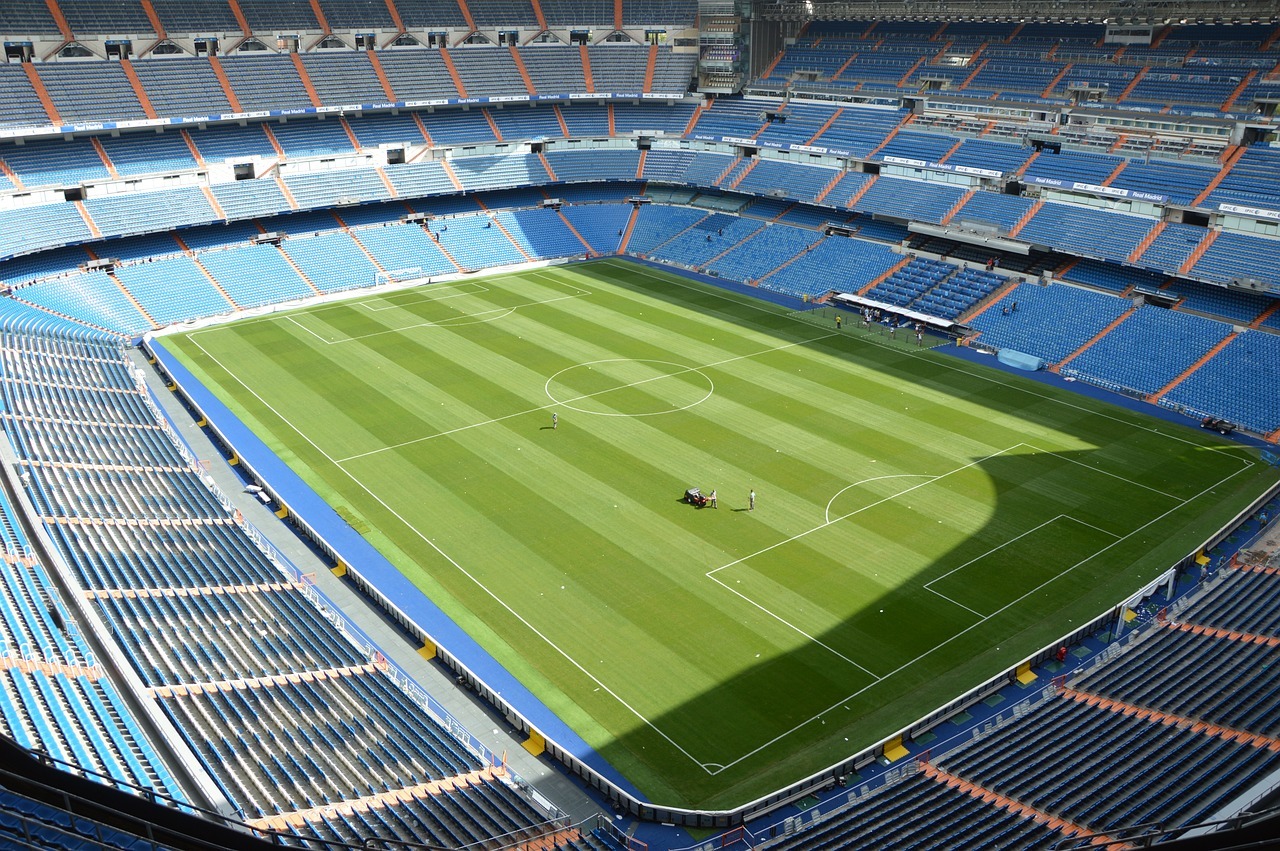The new Bernabeu of Real Madrid
The moving roof, the retractable grass, the 360° rotating maxi-screens: this is the super technological Santiago Bernabeu, home of Real Madrid, which will be inaugurated on December 23, 2023.
Real Madrid, the most successful football club in history, will soon be able to boast of having the most modern stadium on the planet. The old Estadio Santiago Bernabeu, inaugurated in 1947 and deeply renovated already a couple of times in 1982 and 2001, has been undergoing a third, radical and futuristic overhaul since 2019, the result of which was unveiled in a video published on the Blancos’ official channels. The works are almost complete and the inauguration date is set for December 23, 2023, when a show will take place that will have nothing to envy the ones offered by American professional sports – and which, moreover, will be able to host in the new multi-purpose facility.
UNDERGROUND GARAGE
In fact, this fourth version of Bernabeu will not tie its history only to football, but also to basketball, tennis and American football, thanks to the versatility of the solutions found by the German studio GMP Architekten and the Spanish L35 and Ribas y Ribas Arquitectos. The stadium will be open seven days a week and, according to the owners’ calculations, it should generate around 360 million euros per year.
The most surprising novelty concerns the playing field, which can be divided into six long retractable strips, which can slide in a few hours inside the six levels of an underground garage, moreover equipped with irrigation and artificial lighting systems. All this will serve to preserve the turf in the event of concerts and other events, whose structures can be hosted on a more homogeneous and less deteriorating surface.
360° SCREENS
Looking at the outside, instead, compared to the old stadium, the first thing that stands out is the shell, completely redesigned according to sinuous silver lines that envelop the stands and let the light filter through becoming concentric in the upper part, which is designed to contain the new sliding roof. It will in fact be possible to switch from the “open” mode to the “covered” mode in just a quarter of an hour. And this is not the end.
The Madrid stadium will also retire the old types of maxi-screens, both thanks to the internal, 360° rotating ones, and to the huge one that will be installed outside, facing Paseo de la Catellana, and which on some occasions will show in real time what is happening inside, and will allow to ideally increase the already abundant capacity of 80,000 spectators.

Originally posted 2023-11-25 09:37:52.




